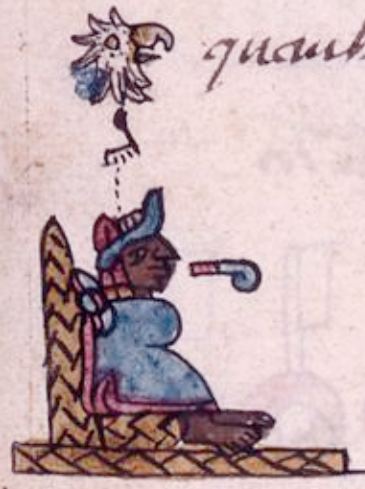Cuauhtémoc, meaning "Descending Eagle," was the last Aztec Emperor, ruling Tenochtitlan from 1520 to 1521. He is known for his fierce resistance against the Spanish conquistadors led by Hernán Cortés. Assuming power after the death of Cuitláhuac, he valiantly defended the Aztec capital against the siege. Despite his efforts, Tenochtitlan fell to the Spanish in 1521, marking a pivotal moment in the Spanish conquest of the Aztec Empire. Cuauhtémoc's bravery and leadership have made him a symbol of indigenous resistance in Mexican history.
6 hours ago : Mexican Navy's Cuauhtémoc Ship Collides with Brooklyn Bridge: Cadets Evaluated
The Mexican Navy training ship Cuauhtémoc collided with the Brooklyn Bridge in New York. Cadets and crew are being evaluated following the accident. The incident caused some damage to the ship.
1949: Discovery of purported remains
In 1949, archeologist Eulalia Guzmán excavated an ossuary in Ixcateopan, Guerrero, purportedly containing Cuauhtémoc's remains shortly after bones of Cortés had been authenticated. The initial claim of authenticity was later rejected by scholars at INAH, who found the bones belonged to several individuals, including women. A panel assembled by Guzmán supported the initial claim, while another panel supported INAH's findings, but did not report publicly.
1996: Rage Against the Machine single release
In 1996, Rage Against the Machine released the single "People of the Sun", which references Cuauhtémoc in the lyrics, "Tha fifth sun sets get back reclaim. Tha spirit of Cuahtemoc alive an untamed."
2011: Scholarly study of controversy published
In 2011, a scholarly study was published arguing that the grave and bones found were an elaborate hoax by a local of Ichcateopan to generate publicity, and supported by Mexican nationalists like Guzman for political purposes.
Mentioned in this timeline

Rage Against the Machine was an American rock band known...

The Sun the star at the center of our Solar...
Trending

4 seconds ago Megan Fox's private life, welcoming baby with Machine Gun Kelly, and postpartum journey.

4 days ago Aubrey Plaza's Fashion Evolution and 'Honey, Don't!' trailer release with Margaret Qualley.

32 seconds ago Millie Bobby Brown Discusses Luggage Line, Childhood Rap Performance, and Biopic Casting.

46 seconds ago James Earl Jones' Darth Vader voice lives on in Fortnite with AI assistance.

1 minute ago Samuel L. Jackson and Pierce Brosnan unite for 'The Unholy Trinity' Western film.

1 minute ago James Gunn's Superman Trailer Teases Villains: Ultraman, Hammer of Boravia, and More.
Popular

Jupiter the fifth planet from the Sun is the Solar...

Michael Jordan also known as MJ is an American businessman...

Cristiano Ronaldo often nicknamed CR is a highly decorated Portuguese...

Ariana Grande-Butera is an American singer songwriter and actress recognized...

Ronald Reagan the th U S President - was a...

Pope Francis is the current head of the Catholic Church...
